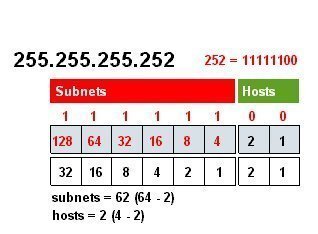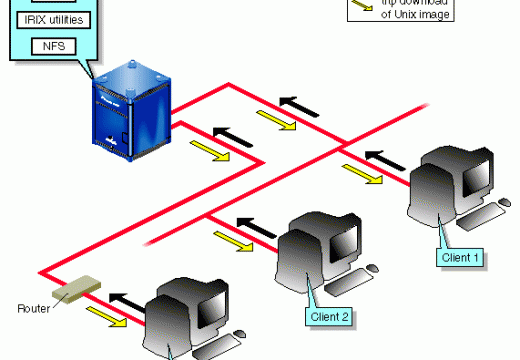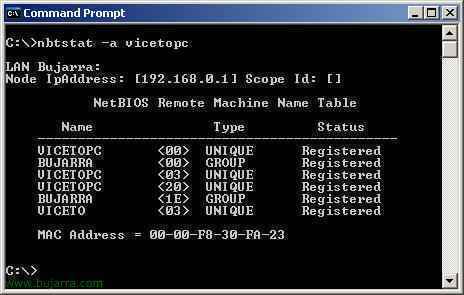Subnet Masks
A subnet mask allows users to identify which part of an IP address is reserved for the network and which part is available for host use. By looking at the IP address alone, especially now with classless inter-domain routing, users cannot tell which part of the address is which. Adding the subnet mask or netmask …



